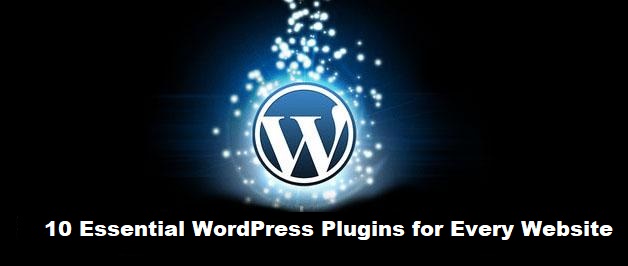Securing your WordPress site is crucial to protect your data and maintain your online reputation. Follow these best practices to enhance your site’s security.
1. Keep WordPress Updated
Always keep your WordPress core, themes, and plugins updated to the latest versions. Updates often include security patches that protect your site from vulnerabilities.
2. Use Strong Passwords
Ensure all user accounts, especially admin accounts, use strong, unique passwords. Consider using a password manager to generate and store complex passwords securely.
3. Limit Login Attempts
Limit the number of login attempts to prevent brute force attacks. Plugins like Login LockDown or Limit Login Attempts Reloaded can help you set up this feature.
4. Enable Two-Factor Authentication
Two-factor authentication (2FA) adds an extra layer of security. Users must provide a second form of verification, such as a code sent to their phone, in addition to their password. Plugins like Google Authenticator or Authy can implement 2FA on your site.
5. Change the Default Admin Username
Avoid using the default “admin” username for your administrator account. Choose a unique username to make it harder for attackers to guess your login credentials.
6. Use SSL Encryption
SSL encrypts data transmitted between your website and users, protecting sensitive information. Many hosting providers offer free SSL certificates through Let’s Encrypt. Ensure your site uses HTTPS by default.
7. Install a Security Plugin
Security plugins like Wordfence, Sucuri, or iThemes Security offer comprehensive protection, including firewall protection, malware scanning, and brute force attack prevention. Regularly scan your site for potential threats.
8. Regularly Backup Your Site
Regular backups ensure you can quickly restore your site in case of a security breach. Use plugins like UpdraftPlus or BackupBuddy to schedule automatic backups to remote storage locations.
9. Secure Your wp-config.php File
The wp-config.php file contains critical configuration information for your WordPress site. Move it to a non-public directory and restrict access to it. Additionally, add the following code to your .htaccess file to prevent unauthorized access:
<files wp-config.php>
order allow,deny
deny from all
</files>
10. Monitor User Activity
Keep an eye on user activity to detect any suspicious behavior. Plugins like WP Activity Log or Simple History can track and log user actions, helping you identify potential security issues.
By following these best practices, you can significantly enhance your WordPress site’s security, protecting your data and ensuring a safe experience for your visitors.
Article 4: “How to Create Engaging Content for Your WordPress Blog”
Creating engaging content is key to attracting and retaining visitors on your WordPress blog. Here are some tips to help you craft compelling content that resonates with your audience.
1. Understand Your Audience
Before you start writing, understand who your audience is and what they are interested in. Use tools like Google Analytics and social media insights to gather data on your audience’s demographics, preferences, and behavior.
2. Craft Compelling Headlines
Your headline is the first thing readers see. Make it catchy and relevant to draw them in. Use power words, numbers, and questions to make your headlines more engaging. Tools like CoSchedule’s Headline Analyzer can help you optimize your headlines.
3. Use Visuals
Incorporate images, videos, infographics, and other visuals to make your content more appealing. Visuals break up text and make your posts more engaging. Ensure your images are high-quality and relevant to the content.
4. Write in a Conversational Tone
Writing in a conversational tone makes your content more relatable and engaging. Use simple language, short sentences, and a friendly tone. Avoid jargon and complex terms that might alienate your readers.
5. Add Personal Touches
Share personal experiences and anecdotes to connect with your readers. Authenticity builds trust and encourages readers to engage with your content. Don’t be afraid to show your personality in your writing.
6. Provide Value
Ensure your content provides value to your readers. Address their pain points, answer their questions, and offer practical tips and solutions. Valuable content keeps readers coming back for more.



